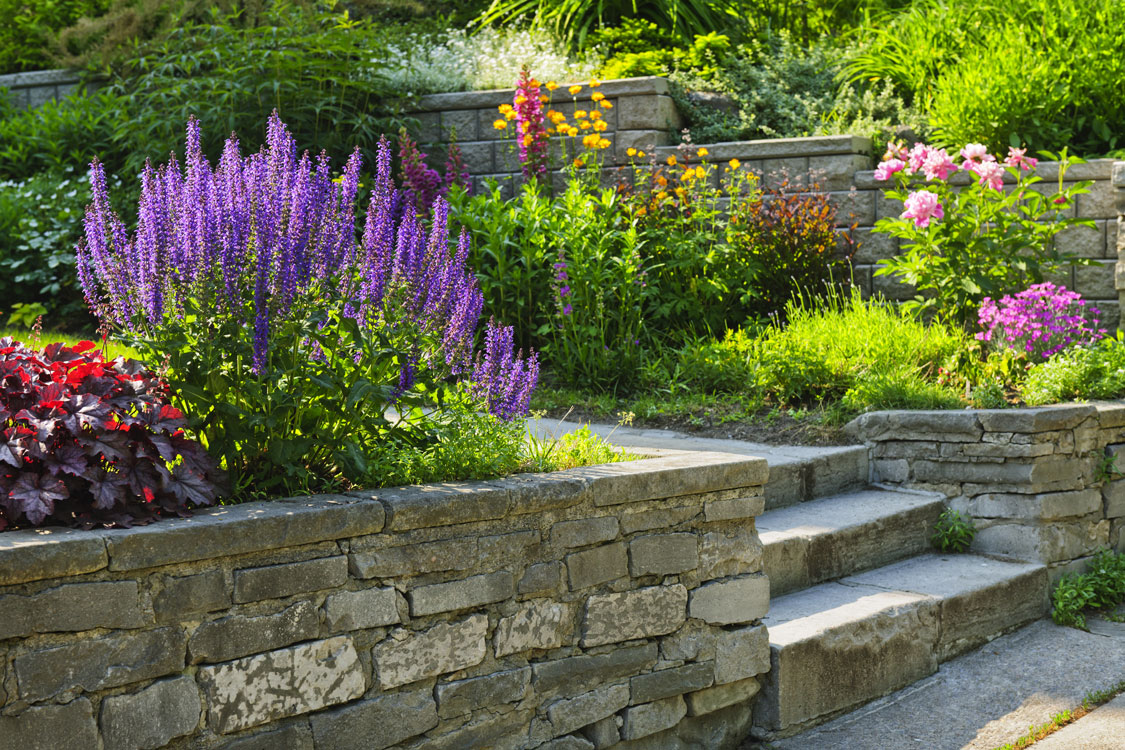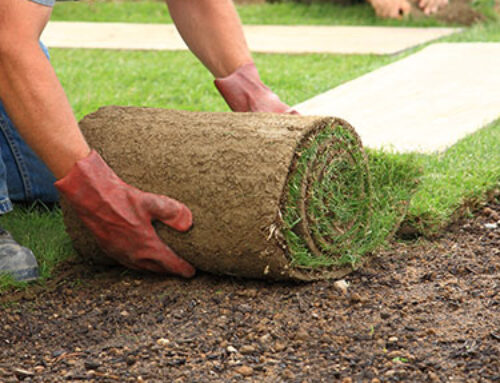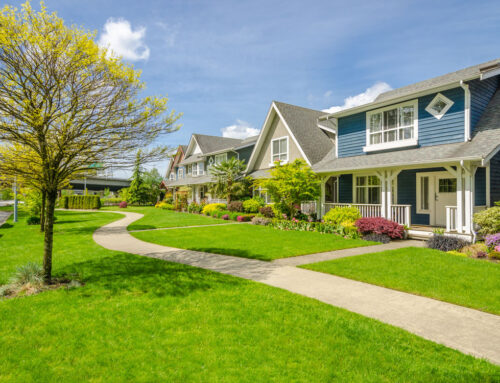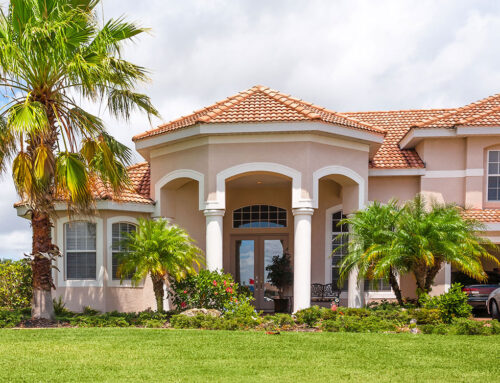The southern chinch bug is a damaging insect pest of St. Augustinegrass in Florida and can be difficult-to-control. Nymphs and adults feed on plant fluids within leaf sheaths, down in the thatch, and this feeding kills the grass plants and contributes to weed invasion. Growers seek to prevent this damage by applying insecticides to keep chinch bug numbers low.
However, an integrated pest management program, or insecticide resistance management program, needs to be implemented to keep the grass healthy and chinch bug populations low.
Southern chinch bug activity occurs from March through November in north-central Florida and is year-round in southern Florida. It is estimated that 3 to 4 generations with overlapping life stages develop each year in northern Florida and 7 to 10 generations develop in southern Florida. One generation may last 6-8 weeks in hot temperatures.
Several insects live that can be confused with chinch bugs in St. Augustinegrass lawns, so proper insect identification is important. Adult southern chinch bugs are about 1/8 to 1/10 of an inch long. The wings are folded flat on the back and are shiny white with a triangular-shaped black marking in the middle of the outer edge of each wing. Adults may have long or short wings, and populations often contain both. Their bodies are black. Adult females may live up to 2 months, laying 4 or 5 eggs a day, or 250-300 eggs in a lifetime.
Damage may occur in open, sunny areas near sidewalks and driveways, but also in the middle of lawns. Infested plants have slower growth, turn yellow, then rusty reddish-brown, and die. The damage is often confused with drought or frost stress.
Other factors, such as disease, nematodes, nutritional imbalances, and drought can cause off-color areas to occur in lawns. Thus, the grass should be carefully examined to determine which corrective measures may be needed. Especially in areas where pesticide resistance is suspected, monitor before and after any treatments to determine if control has been achieved.
The easiest and fastest way to find southern chinch bugs is to part the grass near yellowed areas and look at the soil surface and thatch. Pull out individual grass plants and look inside the bottom leaf sheath. Examine several different areas if chinch bugs aren’t immediately found. Insects are most active on warm, sunny days in mid-afternoon.
Southern chinch bug management has relied on the preventive use of insecticides. Some low maintenance lawns may be treated infrequently, but those under high maintenance may be treated every 2-3 months. If possible, use spot treatments when localized infestations are first noticed and damage is minimal, rather than broadcast applications. Treat dead and dying St. Augustinegrass and about a 5-foot buffer area around the damage.
For professional residential or commercial lawn and landscape pest control services in St Johns County, Julington Creek Plantation, Durbin Creek, Nocatee. and surrounding communities. Call or contact us today.
The preceding information provided for informational purposes. Experts courtesy of: UF/IFAS. “Southern Chinch Bug Management on St. Augustinegrass“; Eileen A. Buss; Photo Courtesy: J. Castner, University of Florida




